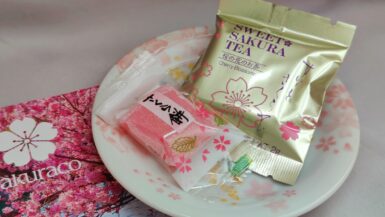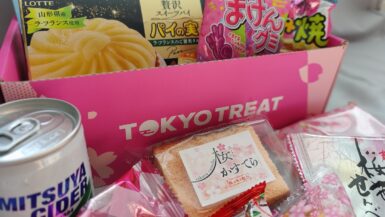
Sakuraco vs Tokyo Treat: what’s the difference and which one is best for you?
Diving into Japanese snack subscription boxes can be a little tricky to navigate, especially if you’re unsure which one to try out first.
Fortunately, I recently taste-tested two popular boxes in a Sakuraco review and Tokyo Treat review to give you the full comparison of both so you don’t have to guess which one you might like better.
Having previously lived in Japan and now having a home base in the U.S., I was able to not only test the authenticity of the boxes’ contents, but also experience the shipping process of the Japanese snack boxes to North America.
Along with my multi-generational Japanese family, we ate everything in both boxes and I took some notes from everyone about their first impressions.
So whether you’re well-versed in Japanese snacks or just starting, this post will guide you through Sakuraco and Tokyo Treat differences to find your perfect match.
In this article, I’ll go over the main differences between Tokyo Treat and Sakuraco, pricing, shipping costs, and pros and cons of Japanese subscription snack boxes.
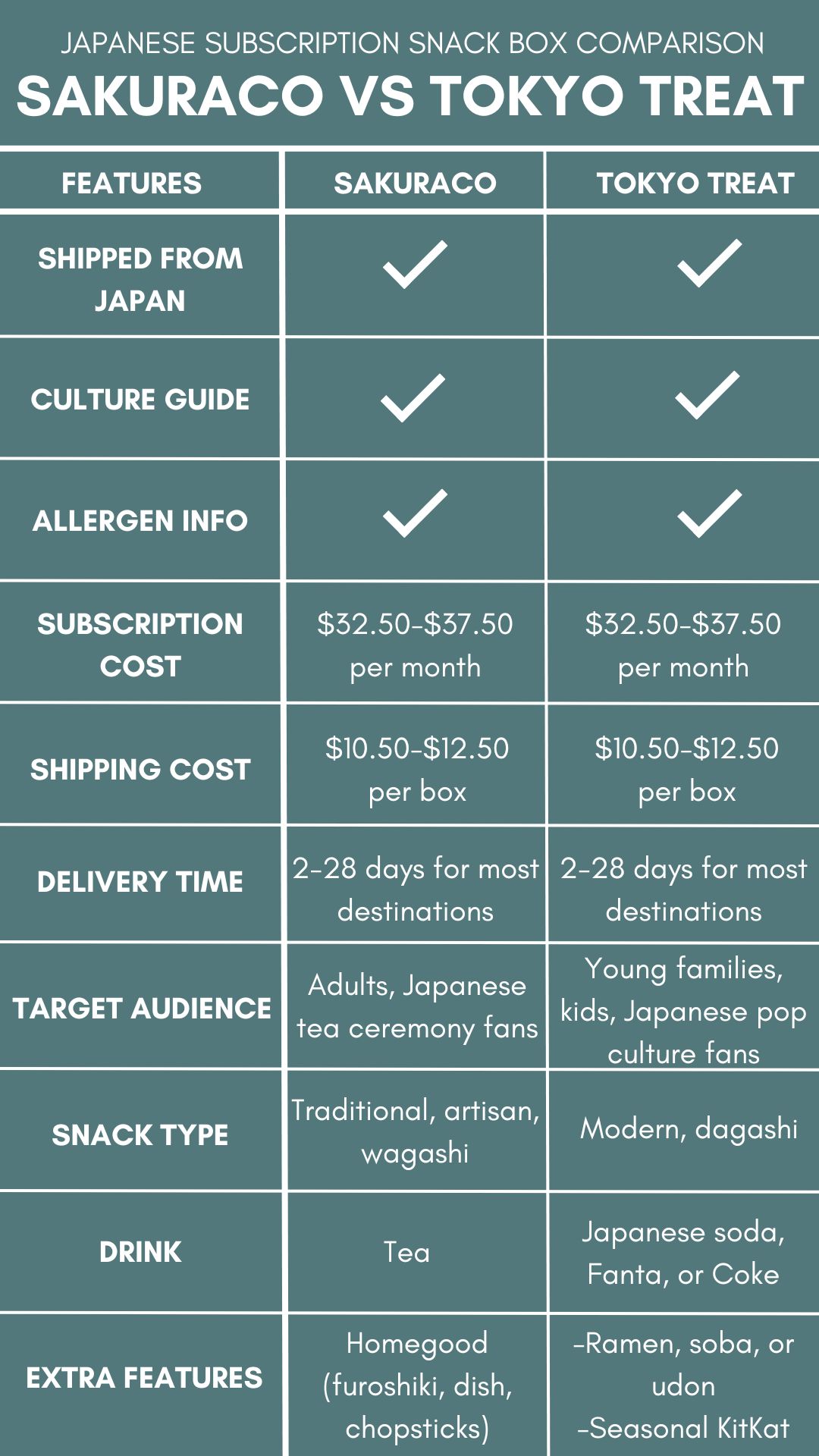
➡️ Sakuraco: Check prices and subscribe
➡️ Tokyo Treat: Check prices and subscribe
Sakuraco Vs Tokyo Treat: What are the main differences?
Sakuraco offers traditional, artisan Japanese snacks along with a tea pairing and authentic Japanese home good such as a furoshiki (Japanese wrapping cloth), chopsticks, or ceramic dish.
Tokyo Treat offers a mix of modern Japanese treats often found in konbini (Japanese convenience stores) for all ages.
These include candy, chips, a seasonal KitKat flavor, ramen, and soda.
The easiest way to describe the differences in the boxes is to imagine Sakuraco as traditional Kyoto, and Tokyo Treat as eclectic Tokyo.
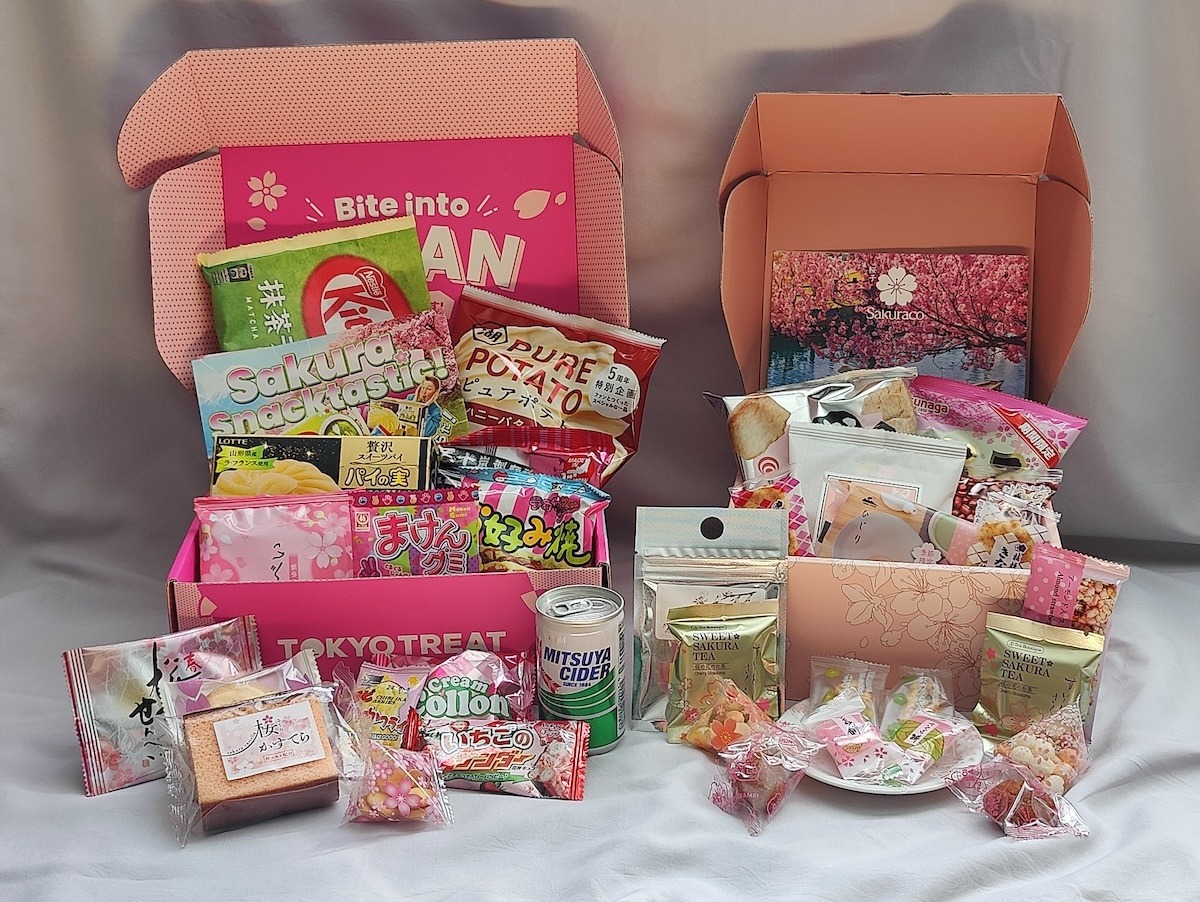
Sakuraco Snack Box Overview and Features
Sakuraco boxes are for people who are interested in traditional Japanese culture.
Each box has a different theme (either based on season or Japanese prefecture) and items are handpicked from local artisan shops around Japan.
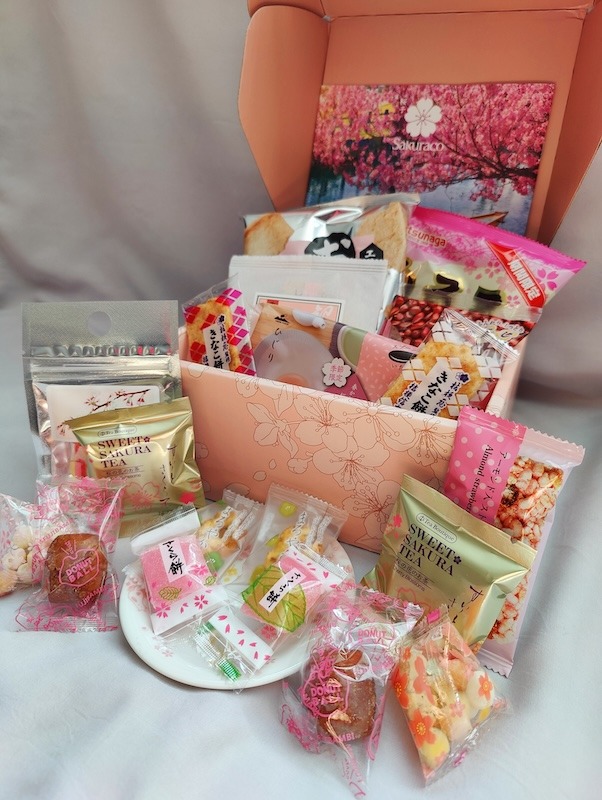
In every Sakuraco box, you’ll receive:
- Culture guide
- Traditional snacks (rice cracker, sweets, baked goods)
- Tea pairing
- Authentic home good
➡️ Sakuraco: Check prices and subscribe
Sakuraco Culture Guide
The culture guide includes allergen information about all the consumable items in the box as well as a highlight story about a couple of the artisan shops featured in that month’s box.
There are also details in the booklet that explain cultural traditions for the box’s theme.
For example, in the March 2024 Sakura-themed box, the culture guide explained the significance of cherry blossom season of Japan, how it is usually celebrated, the different types of blossoms, and even what traditional clothing Japanese women might wear to hanami (cherry blossom viewing parties).
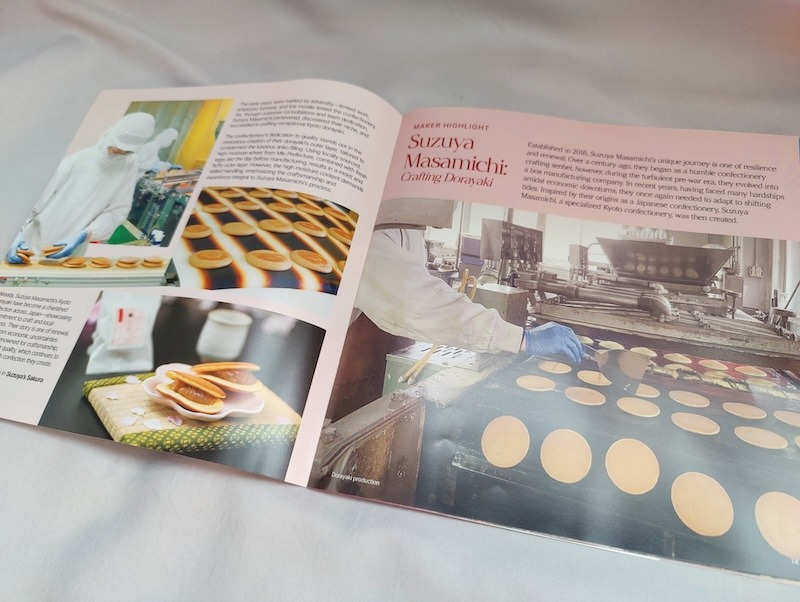
While Tokyo Treat also includes a culture guide booklet, I’d say the marketing for the one in Sakuraco is geared more toward a mature audience.
The branding is more refined with soft colors and fonts, giving off relaxed onsen-vibes.
Traditional Snacks and Sweets
Sakuraco snack boxes include around 20 traditional snack items: senbei (rice crackers) and wagashi.
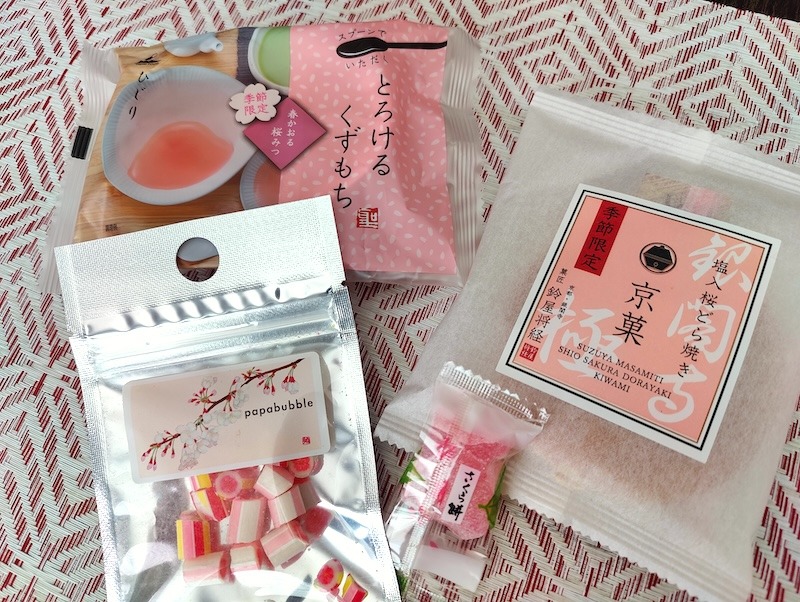
Wagashi (和菓子) are usually elegant traditional sweets that are served in Japanese tea ceremonies, many of which are also made with red bean paste.
These include mochi, daifuku, anmitsu (jelly cubes), dango, and dorayaki (red bean paste-filled pancake).
In keeping theme with Sakuraco boxes created with a more mature demographic in mind, wagashi are typically aesthetically designed and hand-chosen to complement the month’s tea option.
➡️ Sakuraco: Check prices and subscribe
Tea Pairing
Another key feature of Sakuraco Japanese snack boxes are its monthly tea pairing.
For the spring box I tried, I got to enjoy a light cherry blossom tea which balanced out perfectly with the sweet wagashi included in the box.
It was an excellent pairing that brought a small slice of a traditional Japanese tea ceremony experience to my home outside of Japan.
And if you’re worried about not understanding any tea brewing instructions, you’re in luck!
Sakuraco includes brewing details in English both on the tea packaging as well as in the culture guide.
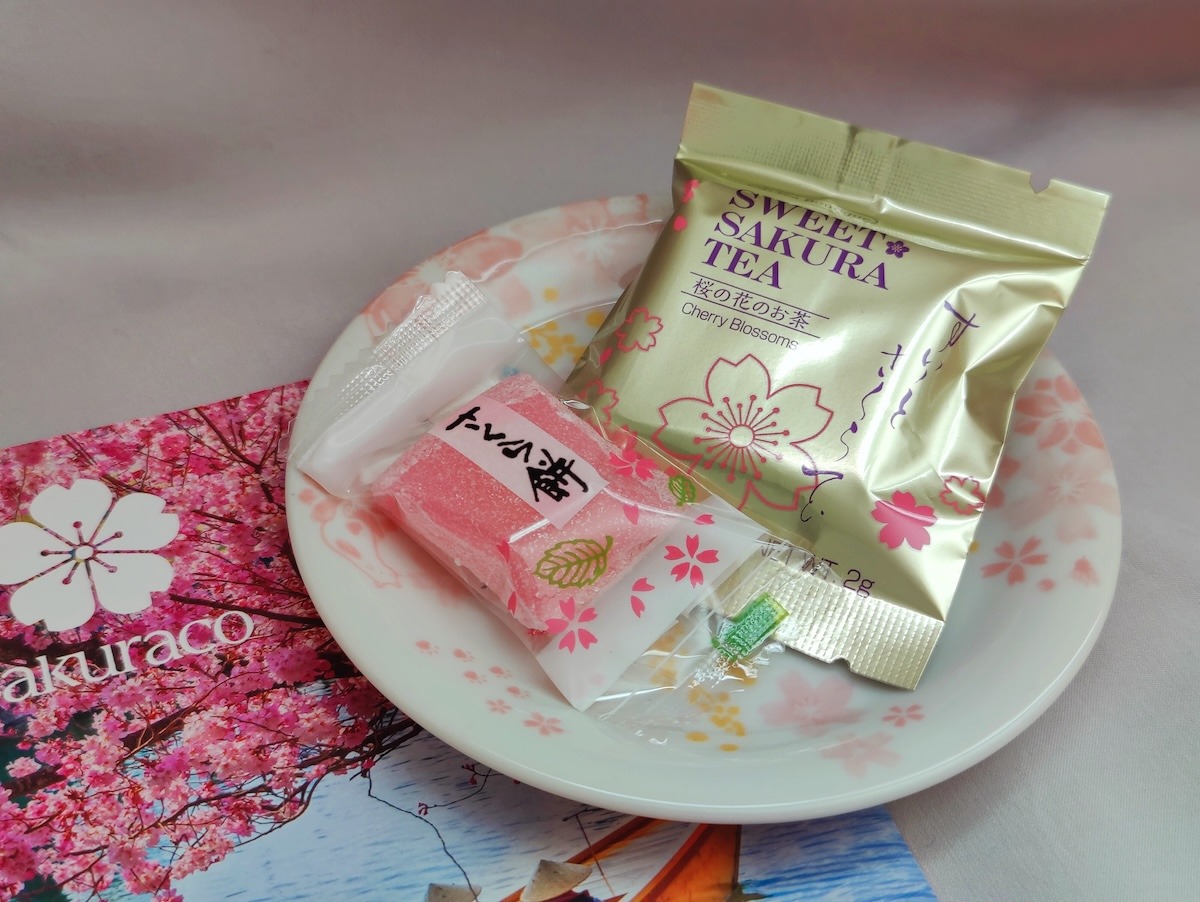
Authentic Home Good
The last, and my favorite, feature of Sakuraco monthly boxes are the authentic home good that you get to keep.
As a non-consumable item, you get to enjoy a new, artisan souvenir each month long after the treats are gone.
Each Sakuraco box comes with either a ceramic home good (dish or cup), chopsticks, or furoshiki (Japanese wrapping cloth) from an artisan maker in Japan.
➡️ Sakuraco: Check prices and subscribe
Tokyo Treat Snack Box Overview and Features
Tokyo Treat boxes are for people who are interested in trying out a variety of modern Japanese snacks they might’ve seen on social media or heard about from friends.
These treats are ones you’ll probably find in Japan at convenience stores or Don Quiote.
Each box has a different seasonal theme and items are shipped from Japan.
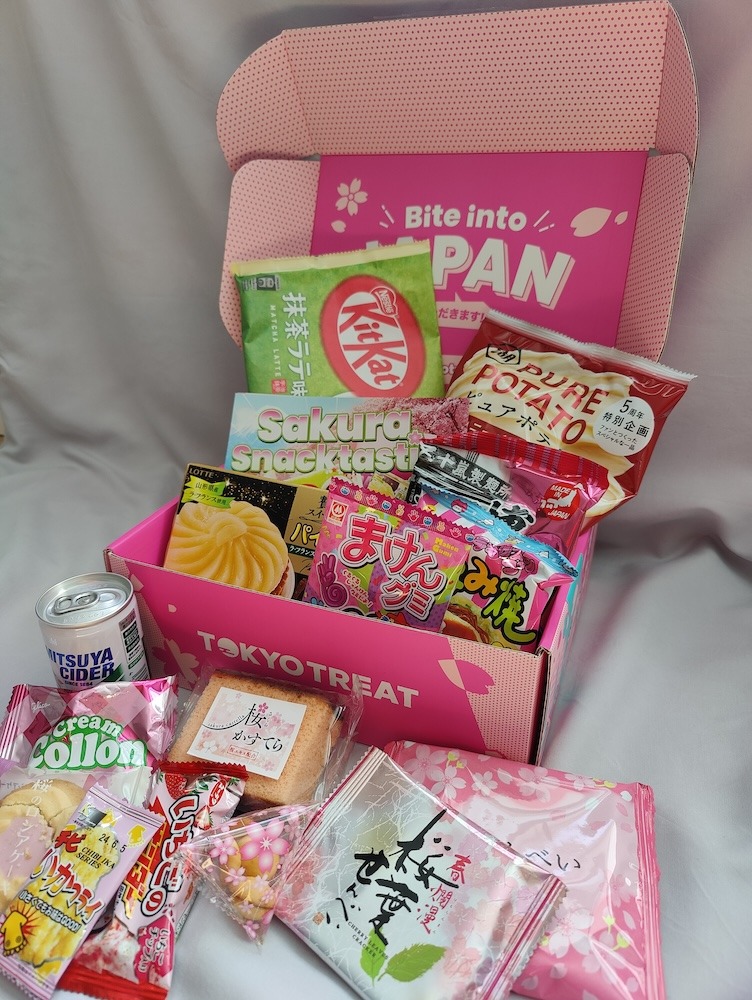
In every Tokyo Treat box, you’ll receive:
- Culture guide
- Modern snacks (candy, chips, sweets)
- Limited edition package of KitKat
- A few artisanal treats (rice crackers, baked goods)
- Ramen
- Drink
➡️ Tokyo Treat: Check prices and subscribe
Tokyo Treat Culture Guide
Similar to Sakuraco, each Tokyo Treat box comes with a culture guide that includes basic allergen information.
Tokyo Treat’s culture booklet appears more like an anime magazine, with bright colors and a few advertisements.
That being said, it appears that Tokyo Treat is geared toward a much younger audience, or at least ones that are youthful at heart.
The branding and items included in Tokyo Treat boxes may be better suited for families with kids, or those into Japanese pop culture and anime.
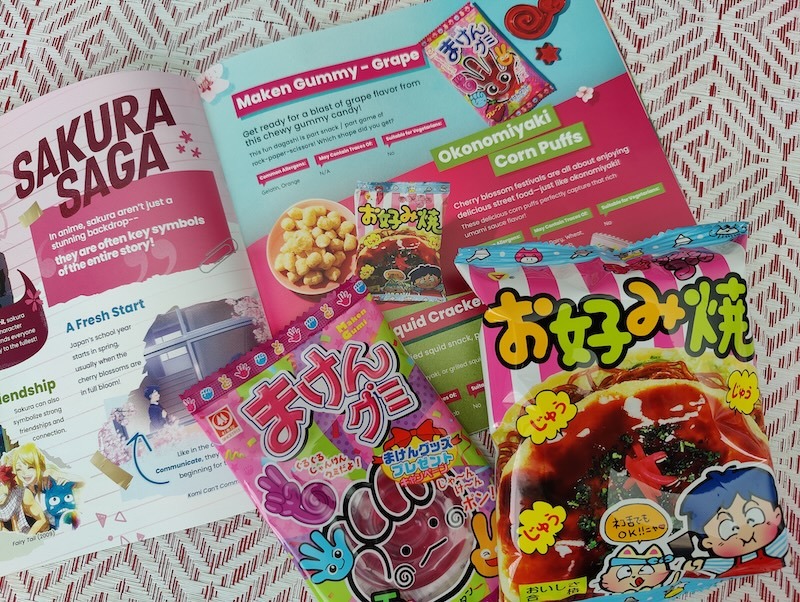
Modern Snacks
Tokyo Treat includes a variety of fun, modern snacks referred to as dagashi (駄菓子) in Japanese.
Dagashi are cheaper, less exclusive treats you’ll usually find in Japanese convenience stores.
These typically have bright packaging and marketed toward children.
Tokyo Treat boxes come with chips, cookies, chocolate, and other candies.
Limited Edition KitKat
Something I really like about Tokyo Treat subscription boxes is that they always include a limited edition or seasonal KitKat flavor.
And not just one piece, but a full bag of mini-KitKats!
For the Spring 2024 Tokyo Treat box, I got to enjoy the matcha latte flavor, which was a big hit with all my friends and family.
➡️ Tokyo Treat: Check prices and subscribe
Artisanal Treats
While artisanal snacks are typically only found in Sakuraco boxes, Tokyo Treat includes a few of these as well.
I like that Tokyo Treat kind of has something for everyone in one box, even if you prefer more refined, adult snacks.
Ramen
What’s not to like about ramen?!
Tokyo Treat boxes come with one package of easy-to-cook ramen.
And there’s even instructions in English!
I’m usually pretty picky about my ramen, but since this Hakata-style ramen was included in the box, I ate it anyway and I’m so glad that I did.
The broth was rich, creamy, and super flavorful.
By having it in my Tokyo Treat box, I was able to step out of my comfort zone and try something new, and now– I have a new favorite ramen!
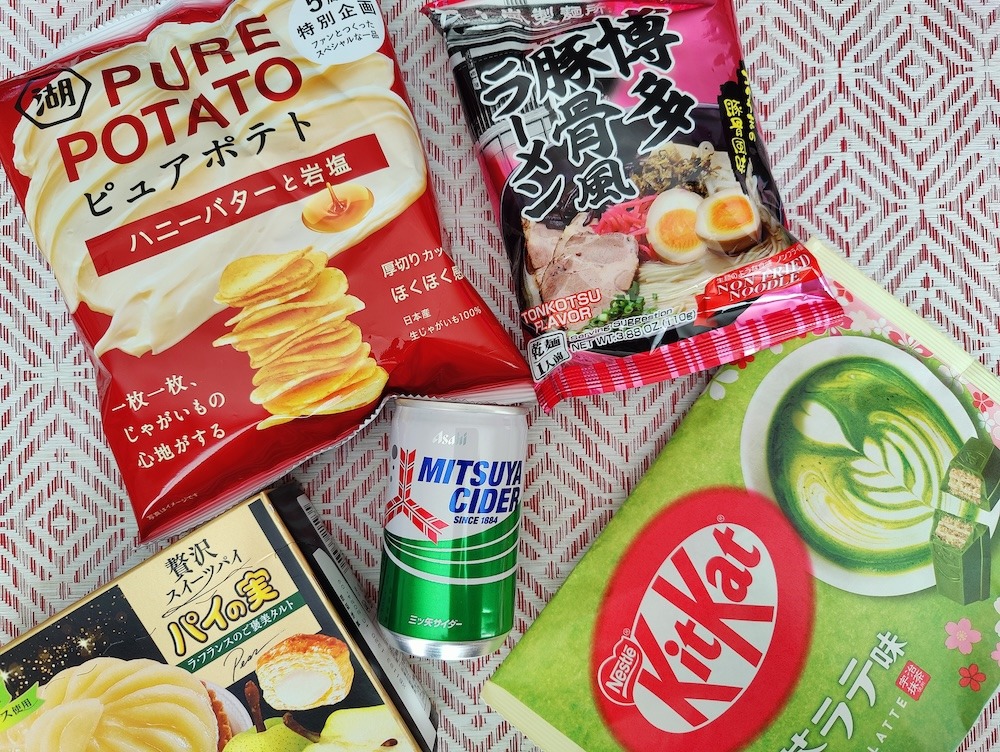
Drink
While Sakuraco includes a tea pairing in their boxes, Tokyo Treat includes a juice or soda in theirs.
Mine can with a small Mitsuya Cider while previous boxes have included Ramune and Japanese Fanta.
➡️ Tokyo Treat: Check prices and subscribe
Sakuraco vs Tokyo Treat Review
You can read my full breakdown in my Sakuraco Review and Tokyo Treat Review, but here’s the gist of what my family and I thought:
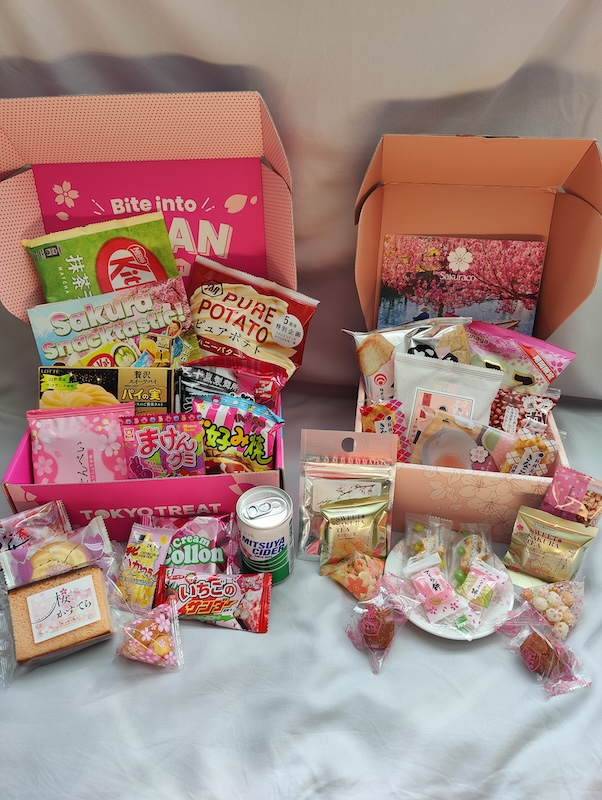
First Impressions
Both Sakuraco and Tokyo Treat boxes arrived via DHL within a week.
I was surprised that most of the items were in tact as they had to survive being transported all the way from Japan.
A few pieces of a delicate cookie from the Tokyo Treat box were broken in the packaging but that was it.
I was even more shocked that nothing in the Sakuraco box was cracked into pieces as it had more delicate items in it.
Overall, everything in both Sakuraco and Tokyo Treat boxes were packed well and the packaging gave off fun, Christmas Day vibes for my family.
The Tokyo Treat box is slightly larger and heavier, which I assume is to accommodate for a drink and other larger snacks such as the pear tart we received as well as the KitKat and ramen.
➡️ Subscribe to Sakuraco
➡️ Subscribe to Tokyo Treat
Taste
My family and I were thoroughly impressed with both boxes.
They both included authentic items that were indeed from Japan and not knock off versions.
My parents enjoyed more items from the Sakuraco box, especially the different rice crackers as they were single-serving size.
They’re not big on strong sweet flavors, so I could see why they enjoyed the Sakuraco box so much.
While I have the occasional sweet tooth, I didn’t find the sweets/ wagashi in Sakuraco to be too much, especially when paired with the included tea.
In the Tokyo Treat box, I enjoyed the soda, ramen, and KitKat the most.
Even though I’m not a huge candy fan, I did actually enjoy the grape gummy candy from Tokyo Treat.
If anything, it was more nostalgic of the particular grape-flavoring that can only be found in Japan, and it made me feel like I was back living there.
While I wouldn’t have wanted a whole bunch of this candy, I was very happy with just one sample size to enjoy, which is the main pro of these Japanese subscription snack boxes.
Everything in the boxes are just enough for you to try and not get sick of any one item.
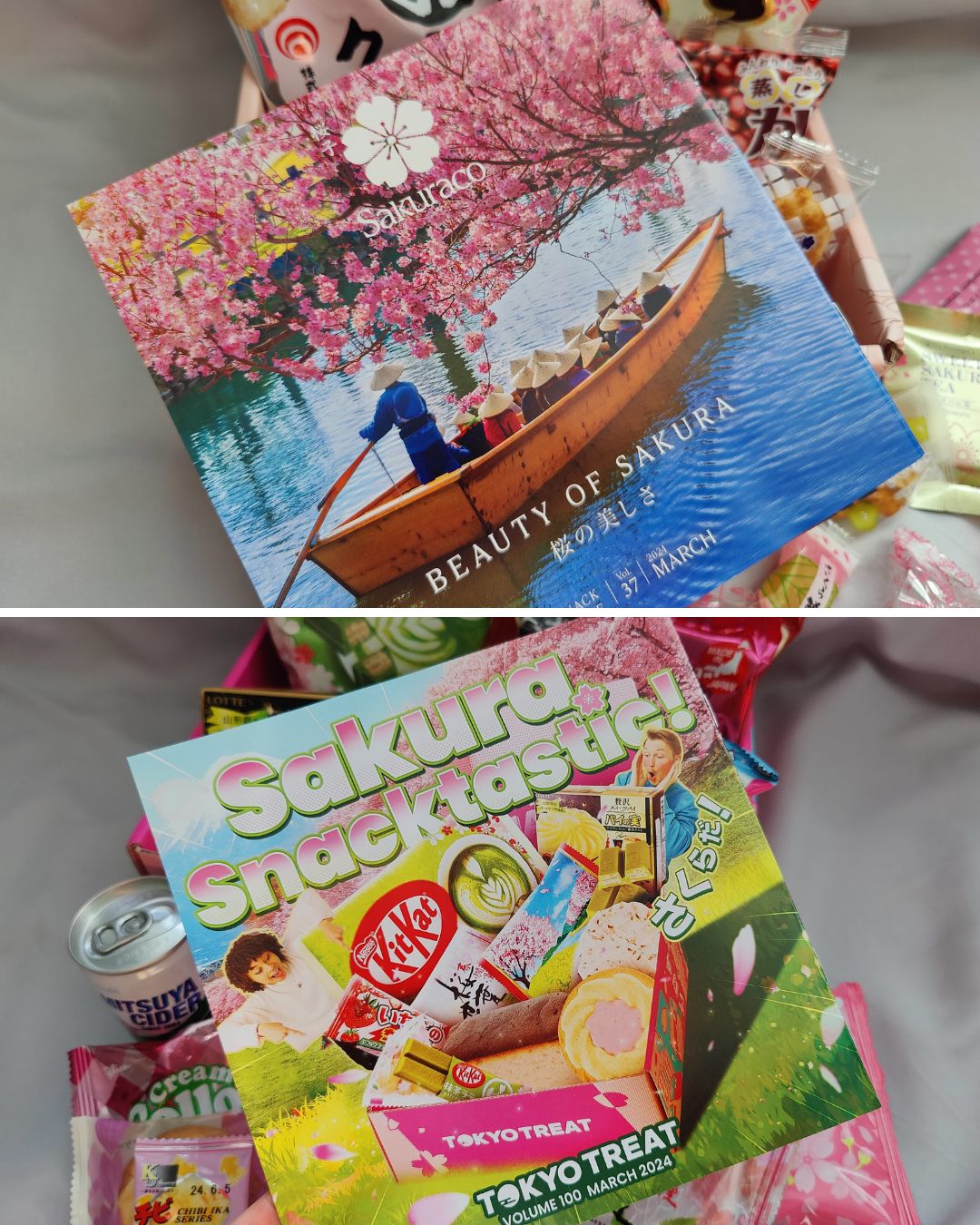
Demographic
I mentioned a bit of who I thought the primary market was for each snack box, but here’s a more thorough breakdown:
Sakuraco
- Adults who like traditional Japanese culture
- Japanese tea ceremony enthusiasts
- Fans of Japan who want to support small Japanese businesses
- Japan lovers who want to enjoy Japan from home
Tokyo Treat
- Families and kids
- People who like modern Japanese snacks
- Japan enthusiasts who like anime and Japanese pop culture
- Travel fans who haven’t been to Japan but are interested in trying out Japanese food
- Foodies who want to enjoy a variety of Japanese treats but don’t live near an Asian grocery store
➡️ Subscribe to Sakuraco
➡️ Subscribe to Tokyo Treat
Value
At $43-$50 a month (depending on where your shipping destination is), both Sakuraco and Tokyo Treat boxes aren’t cheap– at face value.
However, my family and I thought that Sakuraco offers the most value, or bang for you buck, compared to Tokyo Treat as Sakuraco contents include artisan snacks, tea, and a home good you can keep.
That being said, it’s worth noting that we live in a very large, Asian-majority neighborhood in California.
We have access to dozens of Asian grocery stores within just a few miles.
I’ve also lived in areas where there are zero Asian stores, and I’ll just say $50/month for authentic Japanese treats in this scenario would be a steal.
Especially if you don’t go to Japan often (or ever).
I’ve lived on cruise ships and even spent a year at the South Pole working in Antarctica– all of which, not shockingly, did not come with accessibility to Asian snacks.
As a former resident of Japan and overall Japanese food enthusiast, had I known about Sakuraco and Tokyo Treat boxes while I was living in these remote areas, I 100% would’ve jumped on the opportunity to get authentic treats straight from Japan.
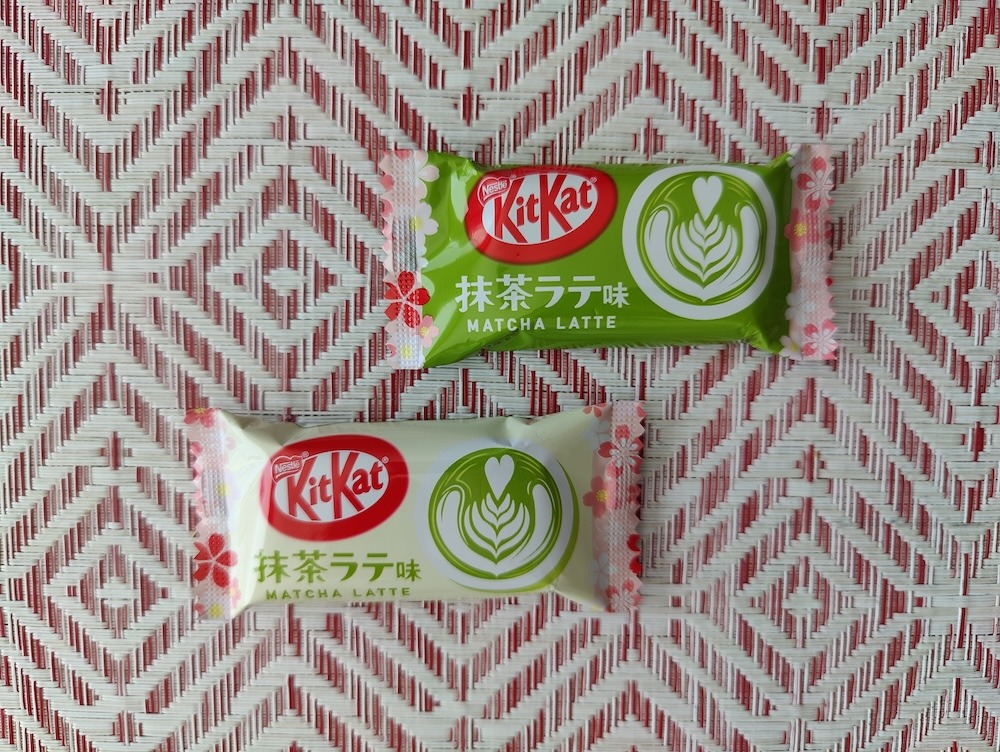
Preference
All things considered, my family and I would order another Sakuraco box next time over Tokyo Treat.
We are in Sakuraco’s primary market demographic, so it’s no surprise.
However, if I were to gift a box to my friends and family with kids who don’t really care about the aesthetically pleasing and traditional cultural aspects of Japan, I’d lean toward Tokyo Treat.
➡️ Subscribe to Sakuraco
➡️ Subscribe to Tokyo Treat
Sakuraco vs Tokyo Treat Price and Subscriptions
Sakuraco and Tokyo Treat monthly boxes cost the same:
- 12 Months- $32.50/month
- 6 Months- $33.50/month
- 3 Months- $35.50/month
- 1 Month*- $37.50/month
*billed monthly automatically unless auto-renew is manually canceled
Tokyo Treat vs Sakuraco Snack Box Shipping
Neither Tokyo Treat or Sakuraco include shipping in their monthly subscription costs, so keep that in mind.
Both Japanese snack boxes ship to over 100 countries with shipping priced between $10.50-$12.50 a box.
This means each month’s box, both Sakuraco and Tokyo Treat, will run somewhere from $43-$50.
You’ll also need to take into account where the boxes are being shipped to as delivery can be as quick as 3-5 days (most common in the USA) or as long as 60-90 days if via surface mail.
For more shipping and delivery information about Sakuraco and Tokyo Treat’s boxes, check out their FAQ page.
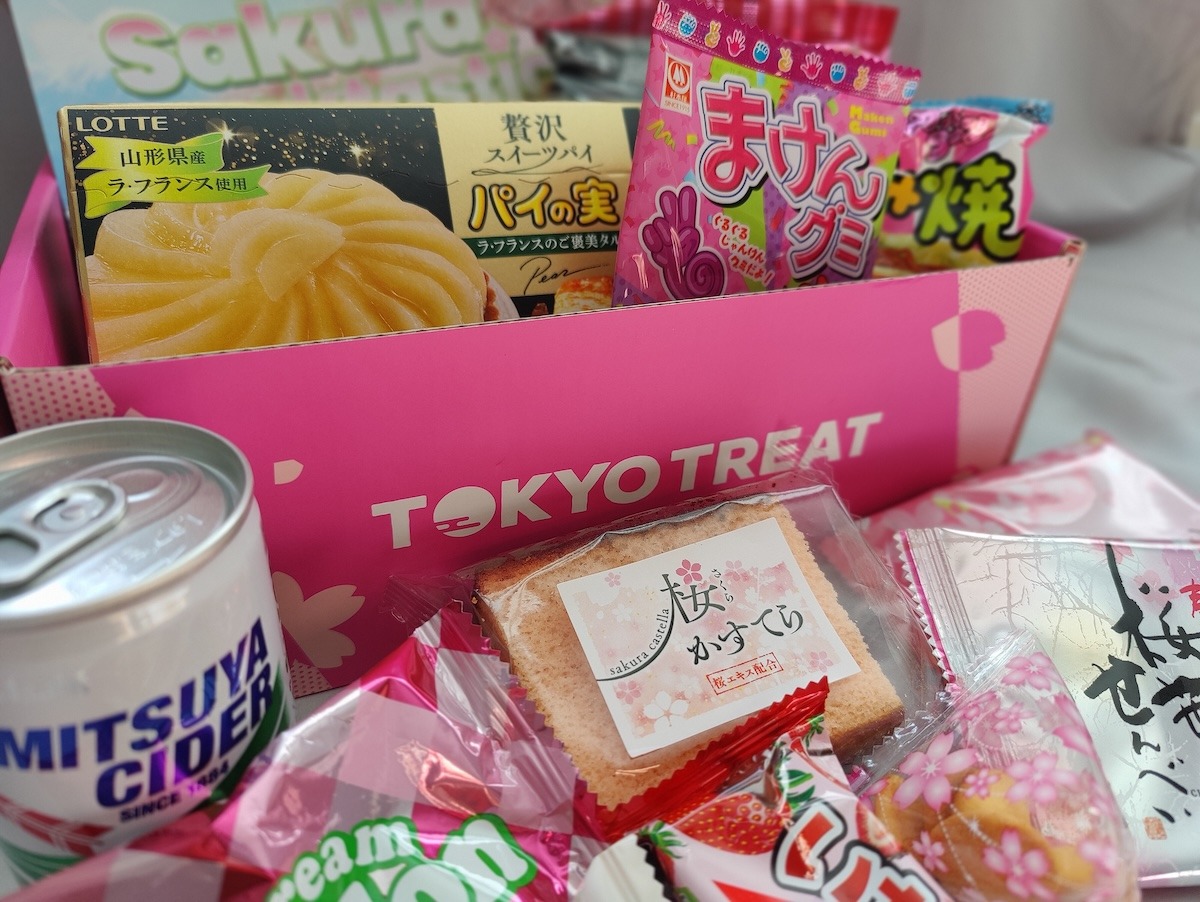
Pros and Cons of Japanese Subscription Snack Boxes
Still not sure if a Japanese subscription snack box is for you?
Here’s a breakdown of the top pros and cons of these snack boxes so you can decide if you want to try one out for yourself or gift it to a friend.
Pro: Try a variety of Japanese snacks and treats
If you’re like me and always reach for the same snacks when you’re in Japan or at an Asian grocery store, these snack boxes are a great way to get introduced to new things with low commitment.
That is, there’s just one to two servings or piece of everything in the box so you get a nice sampler variety.
Case in point: I’ve never been a big fan of thin noodle style ramen, but when I tried the Hakata-style ramen included in my Tokyo Treat box, I found a new favorite ramen that I didn’t give enough of a chance to when living in Japan.
Pro: Supports local Japanese artisan businesses
Not every Japanese subscription snack box comes from small businesses in Japan, so you’ll have to do your own research.
For those like Sakuraco who do, you not only get a peek into their shop through a story in the culture guide but also can rest assured that your money goes where it really matters.
Pro: Brings Japan to you
Let’s be honest: a trip to Japan is expensive and takes time.
It’s not easy.
If you’ve got time restraints, family commitments, or mobility or health restrictions, taking a two-week vacation to Japan can be next to impossible.
As much as we’d all love to get paid to live in Japan, the reality is that it takes quite the effort for most of us to get there.
Japanese subscription boxes fixes a small part of this and brings Japan straight to your home.
Not sure if it’s worth going to Japan for cherry blossom season?
Get a Sakura-themed Japanese subscription snack box sent to your door to enjoy the festivities without ever leaving home.
Pro: Authentic non-consumable souvenir (Sakuraco)
While not every subscription snack box comes with a homegood souvenir, it’s one of the reasons I personally love Sakuraco so much.
Every Japanese snack box comes with amazing treats and drinks to enjoy, but they’ll be gone within a blink of an eye in my house!
A nonconsumable souvenir like a furoshiki (Japanese wrapping cloth) or dish that I get to keep and collect from Sakuraco makes the monthly boxes that much more special and brings back nostalgia of when I still lived in Japan.
Pro: Makes a great gift
Don’t know anything about Japan but have some Japanophiles in your life?
Get them a Japanese subscription snack box!
Let the subscription company handle picking out the best items for your friends and family so you don’t have to worry about doing any of the research yourself.
By purchasing a subscription for your giftee, you know they’ll get high-quality products from Japan they’re sure to love.
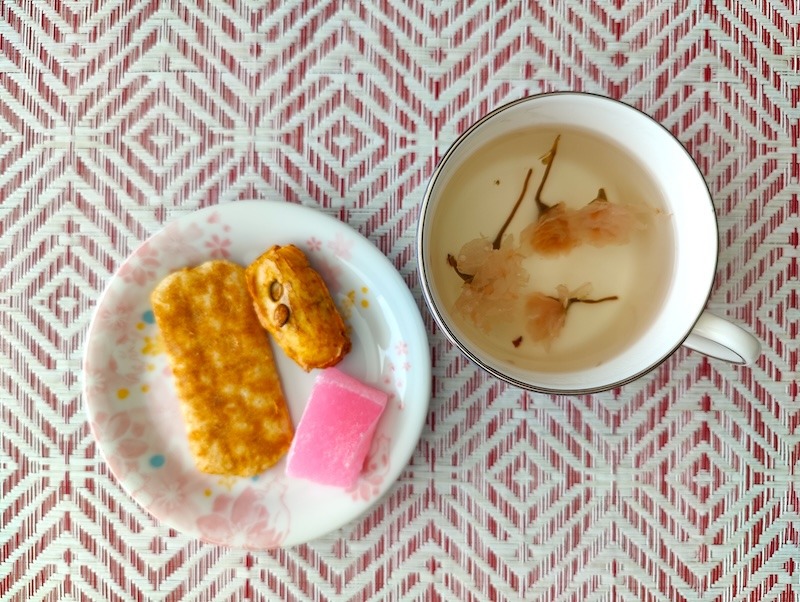
Con: Expensive
At anywhere from $40-$60 a box per month, Japanese subscription snack boxes aren’t cheap.
However, while the initial price tag might be a little higher than you’d like to pay for a subscription, consider this:
Just a flight alone to Japan cost anywhere from hundreds to over $1000.
Then there’s the cost of accommodations, food, and transport.
A trip to Japan, even when on a budget, will never be less than a few thousand dollars.
With a subscription snack box, you can have a taste of Japan for just a few hundred dollars at most on the annual plan and even less on a partial plan.
Con: Shipping time
Depending on where you live, it might take up to 30 or even 90 days for your subscription box to arrive.
Keep in mind though that for the majority of subscribers, they’ll likely to receive their boxes within 14 days or less.
While this might come as a shock if you’re used to domestic shipping, international shipping is a completely different beast.
And as the former southernmost postmaster in the world who also lived in Japan, I can definitely attest to that!
Since most of these Japanese boxes are shipped from Japan, they need to travel overseas and through a private courier, such as DHL in the U.S.
This takes time, and it’s no different than anything else being shipped internationally.
Con: Might not like everything in the box
Because the snack boxes are a variety of items, there’s always a chance you won’t like everything in the box.
But it’s likely that you’ll enjoy most of the treats than not as these subscription snack box companies try to include a variety of items that are usually very popular in Japan.
Con: Subscription-based
Every Japanese snack box I’ve seen is subscription based.
I’ve yet to come across one that you can purchase as a one-time thing, so an aside– if anyone knows of one, please let me know! ;)
Not that having a subscription for a few months for these boxes is the end of the world, but I can completely understand people who might want to gift one box to a friend for their birthday or the holidays instead of having to purchase an auto-renew plan.
However, for those in the same boat as me, there is a workaround that’s quite simple:
After purchasing your first box, set a calendar reminder in your phone to cancel the subscription plan before the next billing cycle kicks in.
I do this with all my low-commitment subscription services and it’s never a big deal.
While it is annoying, in a world where EVERYTHING is subscription-based, I don’t blame these snack box companies for jumping on board.
It’s clearly a successful business model, and it’s not that difficult to cancel your plan.
➡️ Subscribe to Sakuraco
➡️ Subscribe to Tokyo Treat
FAQs: Tokyo Treat vs Sakuraco Review
Here are some of the most frequently asked questions when it comes to Tokyo Treat vs Sakuraco reviews:
Are Sakuraco and Tokyo Treat the same company?
Sakuraco and Tokyo Treat are sister companies, founded by Tokyoite Ayumi Chikamoto.
Under the Ichigo umbrella, Sakuraco and Tokyo Treat are the main Japanese snack subscription boxes available.
The Ichigo company offers other Japanese subscription boxes as well:
Yume Twins: Kawaii subscription box that includes plush toys, home goods, and more
Nomakenolife: Japanese and Korean beauty subscription box that includes cosmetics and skincare
Japan Haul: Not a monthly subscription box, but a store that sells exclusive Japanese snacks and goods, including Sakuraco original items.
➡️ Subscribe to Sakuraco
➡️ Subscribe to Tokyo Treat
Is Sakuraco the same as Bokksu?
No, Sakuraco is not the same as Bokksu.
They are different companies with different offerings.
While Bokksu is also a monthly Japanese subscription snack box, the pricing and products are not the same.
Sakuraco boxes come from Japan with artisan traditional snacks, a tea pairing, and home good in each box.
The founder, Ayumi Chikamoto, is also from Japan.
Bokksu boxes ship from Japan as well, with other similarities such as authentic treats and a tea pairing.
However, Bokksu doesn’t include a monthly home good.
Instead, annual subscribers can receive (as of publishing) a kimono-style robe.
Bokksu also includes free shipping on all subscriptions so the price you see is the final price you’ll pay.
Is Sakuraco legit?
Yes, Sakuraco is a legitimate Japanese subscription snack box.
The traditional snacks, tea, and home good are sourced from local artisans in different prefectures and then shipped directly from Japan.
This is also why Sakuraco has to use a private courier and shipping times can take longer than say USPS as the package is being mailed from overseas.
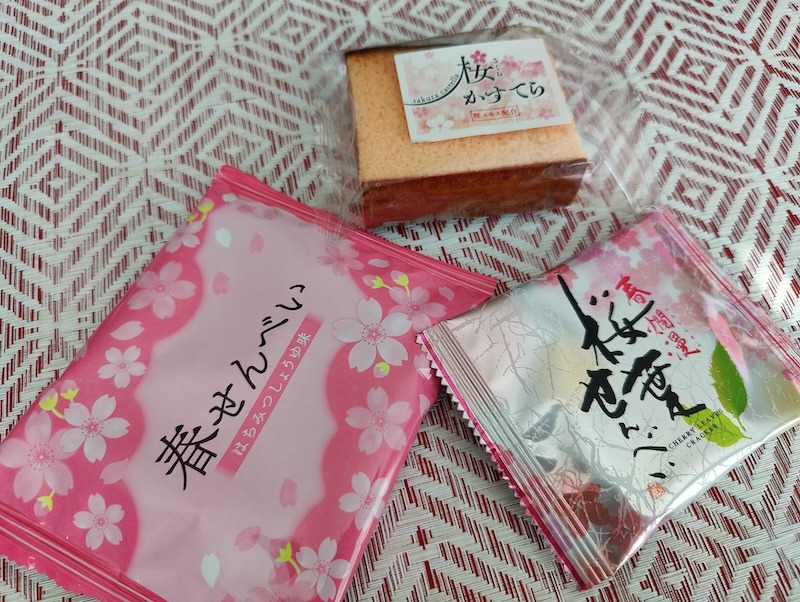
Final Thoughts: Sakuraco or Tokyo Treat: Which is better?
So Sakuraco or Tokyo Treat– which is better for you?
It depends on your preferences, whether you’re looking for a more traditional snack box or something with modern treats.
Also keep in mind which is a better value for your money for your situation, like if you live in an area where high-quality, authentic Asian snacks are easily accessible to you.
Asking yourself these questions will help you choose the one best fit for you, or possibly a friend or family members if you decide to gift a box.
I hope this post was helpful.
Be sure to check out my other Japan posts below to help you enjoy Japan at home or abroad.
Happy snacking!
